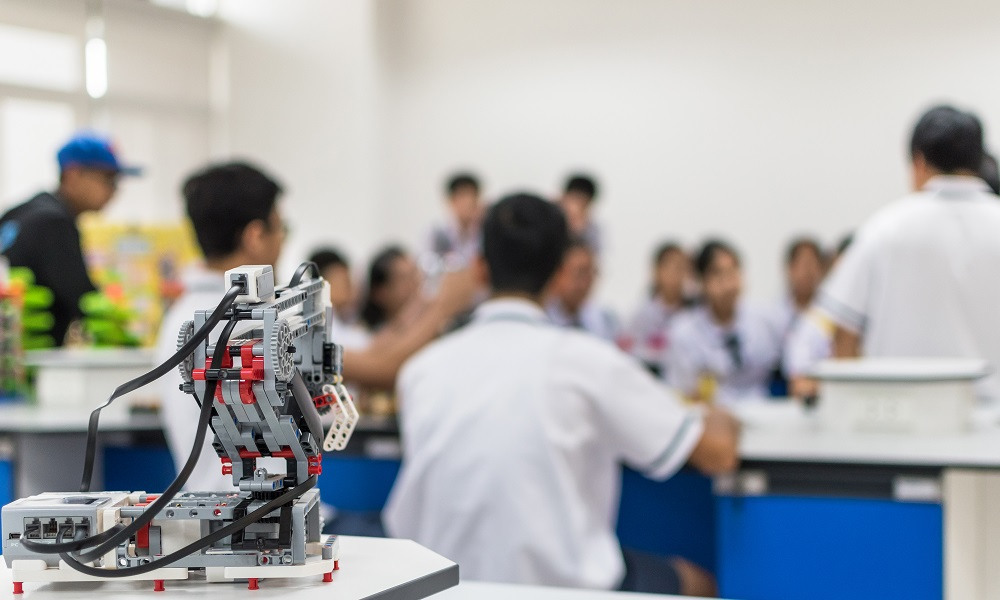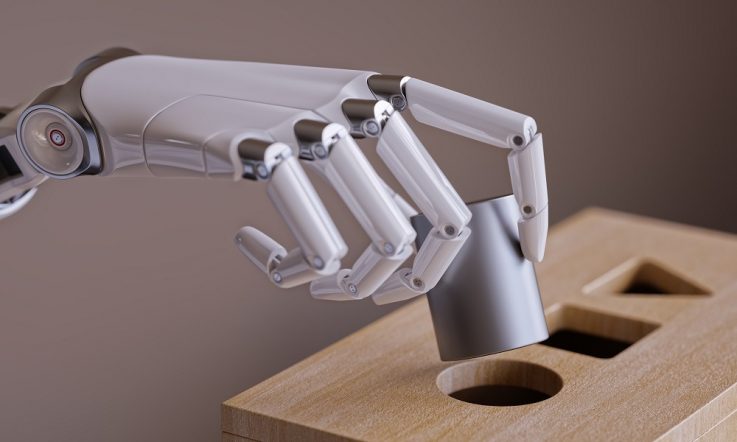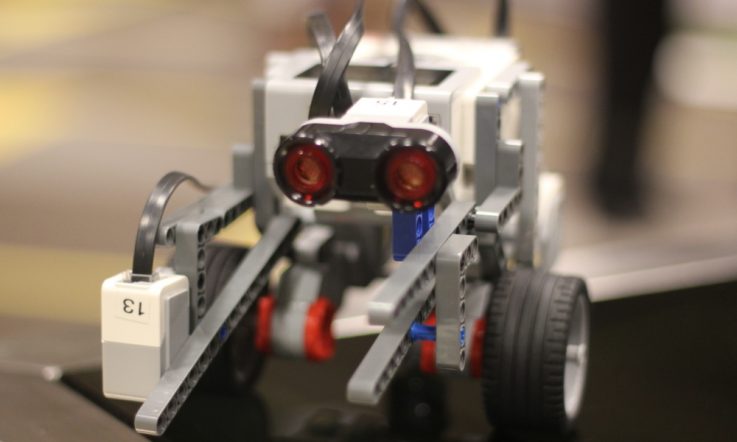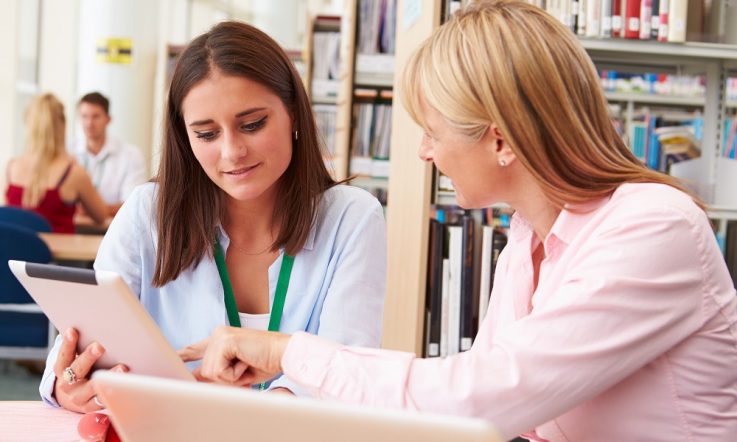What role could robots have in supporting teachers in their work with students? Researchers have looked into how they could be brought into the classroom to assist teachers and positively impact student learning. They say the effective use of robots holds substantial promise in the field of education and could prove useful in allowing for more one-to-one teaching in the classroom.
The research, Teaching robots social autonomy from in situ human guidance, evaluated an innovative approach in robotics known as SPARC (Supervised Progressively Autonomous Robot Competencies). This was done through a field study and set out to see if a robot could effectively acquire appropriate independent behaviour from human demonstrations. In this case, the human demonstrations were coming from an adult, and the appropriate independent behaviour was assisting children to complete an educational game.
The lead author, post doctorate research associate at University of Wisconsin-Madison in the United States, Emmanuel Senft, says the findings from their research are twofold.
‘Not only did the robot learn to interact [in the classroom] autonomously,' he tells Teacher, ‘but it could do so in a way that was helping the children.'
Using robots to improve student learning
A total of 75 children between the ages of eight and 10-years-old attending schools in Plymouth in the United Kingdom were involved in this study. They were given an educational game developed by the researchers to complete on a touch screen device. When the students were playing the game, a robot was present.
Senft says the SPARC approach has two goals: allowing people with limited technical expertise to teach a robot to interact, and enabling this teaching and learning relationship to occur in a real environment.
Three conditions for the robot behaviour were compared to assess the SPARC approach. The first condition was the passive condition where the robot was not doing anything during the game. The next is the supervised condition where a psychology student taught the robot to interact; and an autonomous condition where the robot was re-enacting the policy it learned from the psychology student teaching it.
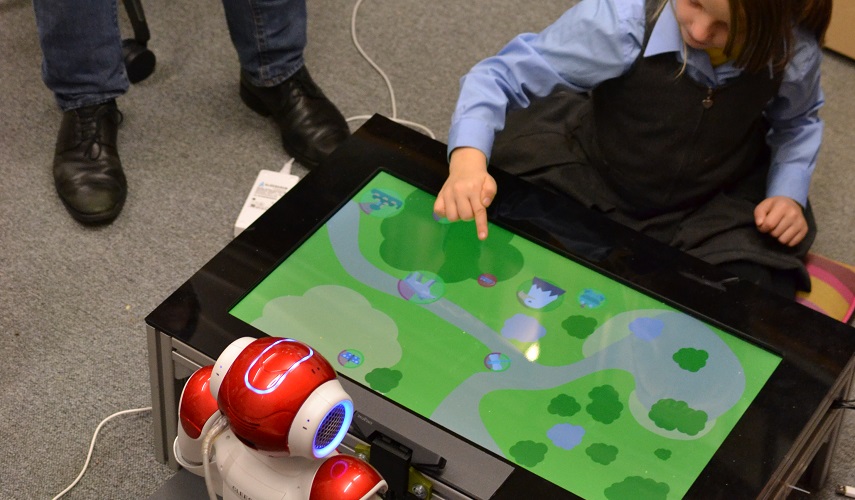
[A student completing the touch screen task with the robot. Image: supplied].
The role of the robot in the supervised and autonomous conditions was to guide the children through completing the game by providing them advice on what steps to take. They also gave social prompts (for example, words of encouragement) to the student. Robots were able to assist the children because they had been exposed to human demonstrations – which, in this case, was a psychology student (as this person would provide an unbiased perspective).
‘We showed that compared to a passive robot, a supervised robot could help children to perform better at the game (with improvements up to 10 or 30 per cent depending on the metrics) and that a robot could replicate this effect autonomously,' Senft explains. These findings also mean that the robot managed to successfully learn from the human who taught it – from the actions it needed to execute, to when it was appropriate to execute them.
Because of this result, Senft says, ‘in the context of education, SPARC would allow teachers to create robots' policy tailored to their specific needs'.
Relieving teacher workload
Looking further ahead, Senft says that a major implication for educators could be a change of classroom dynamics from one teacher and 20 children to one teacher, six robots and 20 children.
‘When faced with a suggestion from the robot, the human supervisor (or teacher) can either let the action be executed after a short delay, if correct, or can cancel it and select another one instead if the suggestion is incorrect,' he explains. ‘Overall, the robot is learning from this feedback, and can progressively build an autonomous behaviour. As the robot's learned behaviour improves, the requirement for the human supervisor to correct the robot decreases as well as their workload.'
It's this classroom dynamic that would allow more time for one-to-one teaching from human educators, as robots could supplement the teacher to offer additional individualised support when appropriate.
‘There is no desire to remove teachers from the classroom,' Senft says. ‘…But adding these robots could help teachers to focus on what matters the most.'
Emmanuel Senft says a possible implication of these research findings is a change to classroom dynamics.
As a school leader, consider the classroom dynamic of one teacher, six robots and 20 children. What would be some possible positive and negative implications for staff, students and parents/carers?
